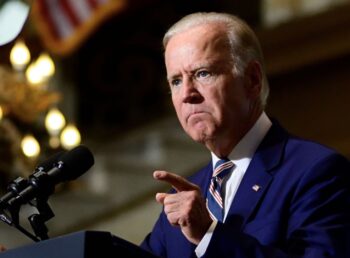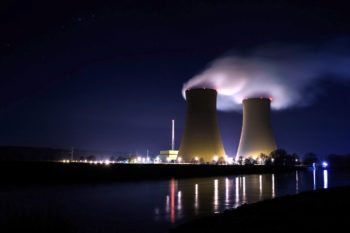
The EPA also reported in mid-April that there was a “two percent increase in greenhouse gas emissions in 2013 from 2012 levels, but a nine percent drop in emissions since 2005.” This new report, though, shows that despite administration efforts, greenhouse gas emissions are still rising and do not appear to be benefitting from the onerous regulations imposed by the EPA. In 2013, CO2 emissions rose 2.5% and the 2014 energy-related CO2 emissions rose 1.1% over the 2013 levels.
The EIA writes that “changes in CO2 emissions reflect changes in economic and energy-related indicators” and it blames the previous two-year rise in emissions on “economic trends in terms of increasing population and per capita GDP.” Put simply, the upward trend in emissions is blamed on the increased energy demands as much of North America suffered through three of the coldest winters, with some states even breaking cold and snow records.
According to the EIA, the 2.5% increase in CO2 emissions in 2013 was the fourth-largest increase since 1990. “Energy intensity changes can reflect weather variations that directly affect energy use for heating and cooling as well as changes in the composition of economic activity.” The EIA also writes that with “higher natural gas prices in 2013, coal’s generation share rose from 39% in 2012 to 40% in 2013, slowing the rate of carbon intensity reduction.”
The EIA expects energy-related CO2 emissions to increase again in 2015 and 2016, depending “largely on a mix of weather, energy sources, and economic factors—as well as potential changes in national and state policies.” And while “CO2 emissions per unit of energy consumption declined in total by 8% during 2005-14, with an average annual decline of .9% … carbon intensity declined by only 0.4%” in 2013 and 2014.
“Future energy consumption and related emission levels,” the EIA writes, “will depend largely on a mix of weather, energy sources, and economic factors—as well as potential changes in national and state policies.” With a slew of coal-fired plants already shut down and more being closed for not meeting new EPA regulations, energy-producing companies are relying more heavily on natural gas to produce electricity.
Natural gas power plants are also coming under attack from the Obama administration, which is using various agencies such as the EPA and Department of the Interior to bypass Congress and impose new rules and fees. Additionally, The Daily Caller reports that “the Obama administration may be ready to hike royalties paid by oil and gas companies drilling on federal lands,” with those costs being passed on to consumers.















